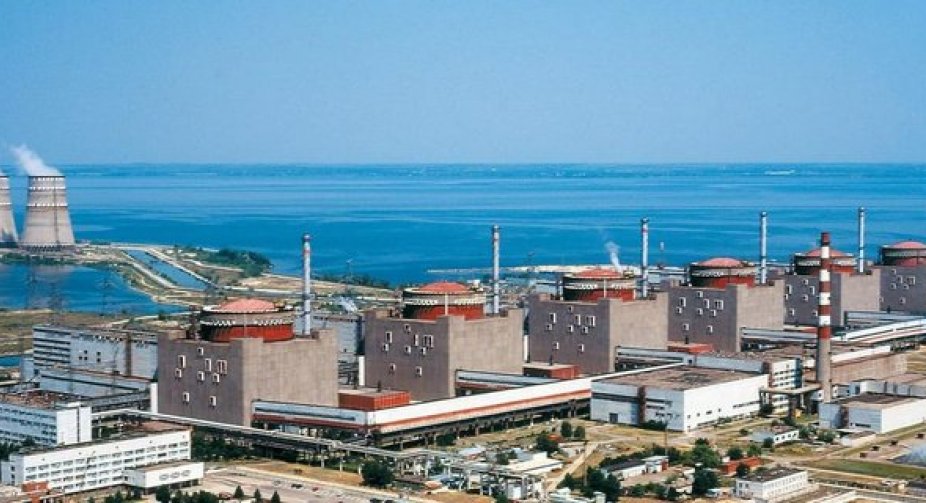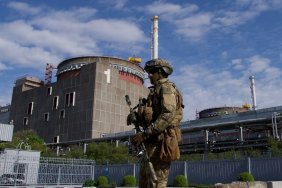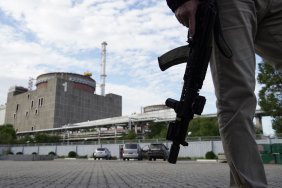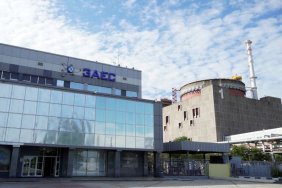"Rosatom has transferred to the Russian-occupied Zaporizhia NPP a plan to reconnect the plant to Crimea, which is currently being implemented by the occupiers, Peter Kotin, president of NAEC Energoatom, said on the air of a national telethon on Tuesday.
"In fact, since Thursday we have a deterioration of the situation at the Zaporizhzhia NPP. First there began with the fact that Rosatom personnel handed over to the plant a special program to reconnect ZNPP to Crimea, and the first precondition of this program is actually heavy damage to the plant's communication lines with the Ukrainian power system," Kotin said.
According to him, this very scenario has been implemented for the last three days, when Russian occupants damaged three power lines at ZNPP. Currently, the plant operates with one power line, which is an extremely unsafe mode for NPP operation.
As the head of Energoatom explained, in order to switch the ZNPP to Crimea, the occupiers need to completely de-energize it and the southern territories of Ukraine in the form of parts of the occupied Kherson and Zaporizhia regions.
"This is what is prescribed in the program, and after all this is extinguished (de-energized), they start to power the regions again from the substation in Dzhankoy, then gradually reach Kakhovskaya and from it already to power the Zaporizhzhia NPP. And after that it will no longer be possible to connect Zaporizhzhia to the Ukrainian energy system - it will remain on the Russian frequency," the source said.
At the same time, the period from the moment of de-energization of Zaporizhzhia NPP will be the most dangerous for it, Kotin stressed.
"This is their plan, and they have started to implement it. However, in the period when the regions will be completely extinguished and ZNPP will be disconnected from the power system, this is the most unsafe regime for it. However, when the regions will be fully switched off and the power grid will be shut down, this is the most unsafe regime for it, since all 20 diesel generators at Zaporizhzhia NPP will be on, and if there are any failures of this equipment, it will threaten to melt the reactor cores," summarized the Head of Enerhoatom.
As he added, currently the situation at Zaporizhzhia NPP is already close to the pre-accident situation at Fukushima-1 in Japan in 2011.
"At Zaporizhzhia NPP we are already very close to this first stage of Fukushima-1, because there is only one line. As soon as it will shut down, the plant will switch over to diesels, and after that, everything will depend on the reliability of their operation and the sufficiency of the fuel that is there for the diesels at ZNPP," Kotin stated.






